Solve the problem.In a chemistry class, 3 liters of a 4% silver iodide solution must be mixed with a 10% solution to get a 6% solution. How many liters of the 10% solution are needed?
A. 0.5 L
B. 1.5 L
C. 2.5 L
D. 3 L
Answer: B
You might also like to view...
Find the domain and graph the function.F(t) = 
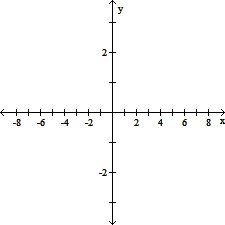
A. D: (-?, -5) ? (-5, ?)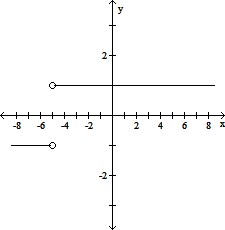
B. D: (-?, ?)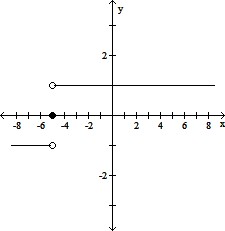
C. D: (-?, 0) ? (0, ?)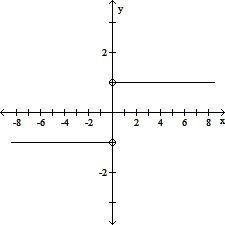
D. D: (-?, -5) ? (-5>, ?)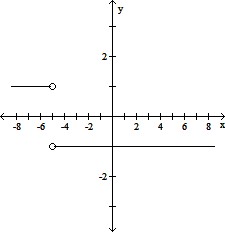
what is the length of c?
ÚÄ
If a = û3 and b = 1,
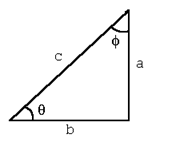
a. ÚÄ
û3
b 1
c. ÚÄ
û2
d. 2
e. ÚÄ
û3/2
The graph of a function f is given. Use the graph to answer the question. 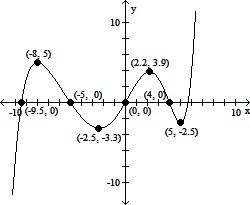 Find the numbers, if any, at which f has a local minimum. What are the local maxima?
Find the numbers, if any, at which f has a local minimum. What are the local maxima?
A. f has a local maximum at x = -2.5 and 5; the local maximum at -2.5 is -3.3; the local maximum at 5 is -2.5 B. f has a local minimum at x = -2.5 and 5; the local minimum at -2.5 is -3.3; the local minimum at 5 is -2.5 C. f has a local minimum at x = -3.3 and -2.5; the local minimum at -3.3 is -2.5; the local minimum at -2.5 is 5 D. f has a local maximum at x = -3.3 and -2.5; the local maximum at -3.3 is -2.5; the local maximum at -2.5 is 5
Use a sum-to-product identity to rewrite the expression.cos 11° - cos 34°
A. -2 sin 22.5° sin (-11.5°) B. -2 sin 22.5° cos (-11.5°) C. -2 cos 22.5° cos (-11.5°) D. -2 cos 22.5° sin (-11.5°)